Kids’ Guide to Spotting Texas Wildlife
There are few things more thrilling than spotting one of your favorite creatures in the wild. Now that the weather has cooled, the trees have lost their leaves, and animals have stepped out into the open to migrate, it’s one of the best times to spot them. Wherever you travel in Texas — from the eastern woodlands to the wide-open deserts and mountains of the west — there are awe- inspiring creatures to discover. This winter, venture out into Texas backcountry, and maybe you’ll be lucky enough to spot one of these incredible animals.
Where to Find Animal Tracks
- Snow: If we’re lucky enough to get any!
- Mud: Check the trails after rain or look close to sources of water.
- Sand: Sometimes you can find imprints in wet sand.
- Dirt: Try looking next to the trail, where the ground isn’t as packed.
Black-Tailed Prairie Dog
Where to find them: The name offers a clue. Look for prairie dogs in dry upland prairies in the western half of Texas. They live in massive colonies of underground burrows, feeding on grasses and insects. Find these playful little guys at Caprock Canyons State Park & Trailway, where a well-established colony lives right by the side of the park access road.
How to spot them: The small, tan- to-reddish rodents have short tails with black tips and are a little smaller than a house cat. Once you stumble upon one of their villages, you’ll easily see dozens darting around.
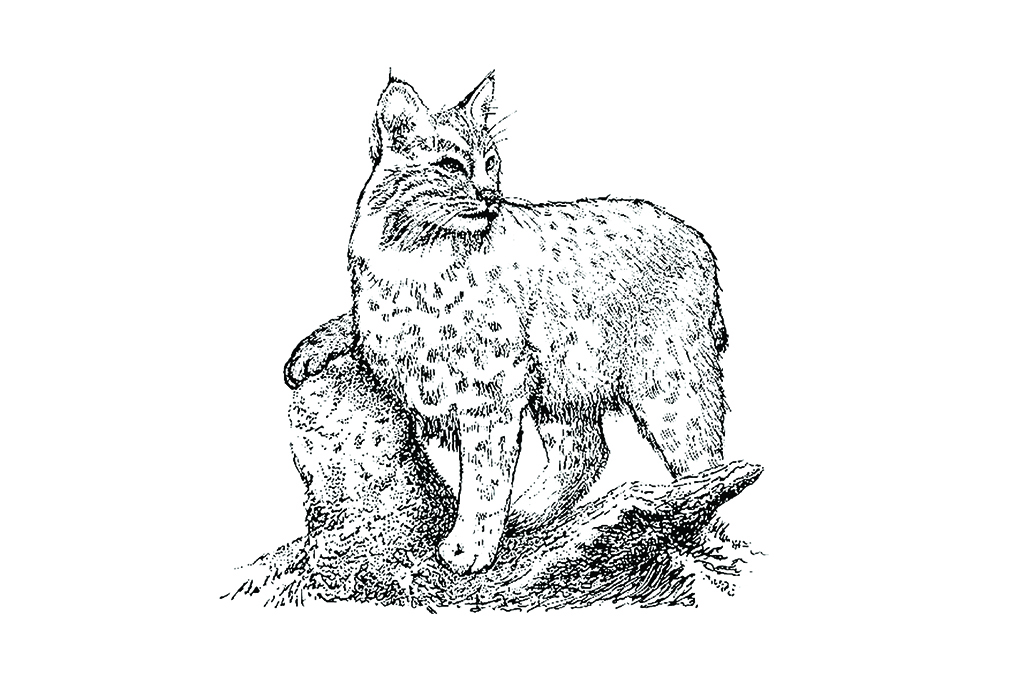
Bobcat
Where to find them: Bobcats can be found throughout Texas. They prefer habitats in chaparrals, swamplands, woodlands, and rocky prairie. They live alone in solitary dens in jagged ledges or hollow logs — anywhere they can find small mammals and birds. In recent years, bobcat sightings in urban areas have also increased — so you might even see one wander right through your backyard.
How to spot them: Bobcats are easily distinguished from large cats by their reddish-spotted fur, large paws, and black fur at the tip of their short tail. Nocturnal hunters, bobcats are most likely spotted at dawn or dusk.

Coyote
Where to find them: If you live in an urban area, you’ve likely heard stories of these little guys creeping into neighborhoods and spooking pet dogs and cats. They range throughout Texas, preferring prairies, open woodlands, and shrublands. They often build their dens along creek banks or in burrows.
How to spot them: At first glance, you might mistake a coyote for a medium-size dog, but you can distinguish them by their long and thin legs, white belly and throat, and long tail with its distinctive dark tip. Their fur can range from gray to reddish, and it’s redder around their feet, ears, and legs.
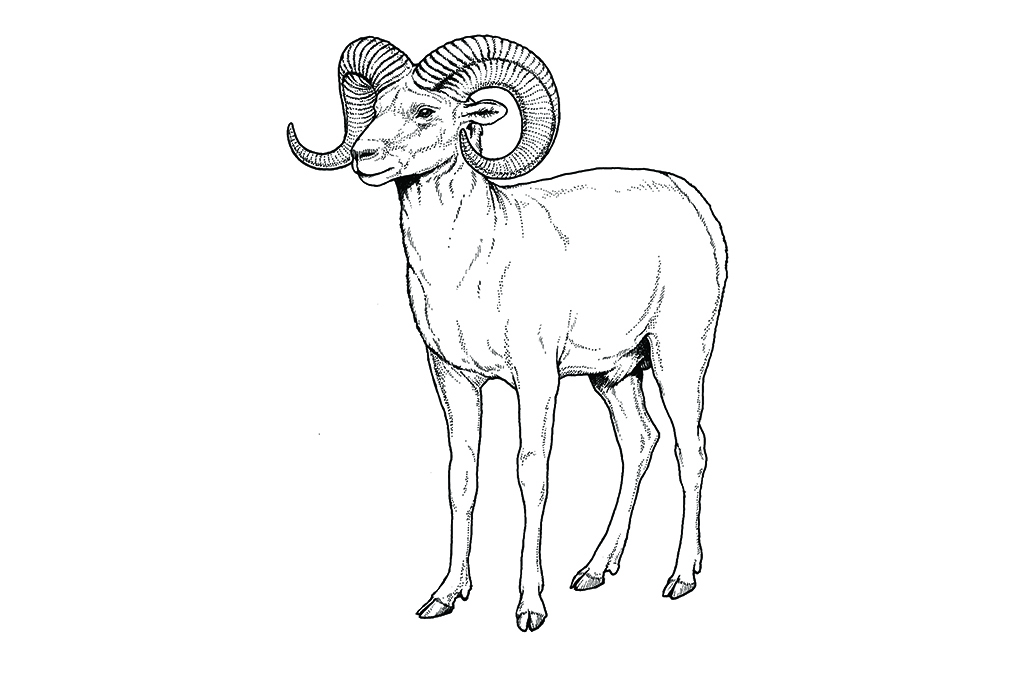
Desert Bighorn Sheep
Where to find them: The bighorns once thrived in the Trans-Pecos region, though their population has dwindled. Several conservation attempts have reintroduced them to wildlife management areas near Van Horn. Bighorns like rough, mountainous terrain with steep slopes, and they feed off the grasses, brush, and cacti that grow in the cracks of these rocky landscapes.
How to spot them: The name says it all. Bighorn sheep have distinctive curling horns, which males will use to ram other males during the November and December breeding season. They are dark brown to gray and have a white rump patch with a short, dark tail. Males and females both have tapering horns, but they will be smaller in females.
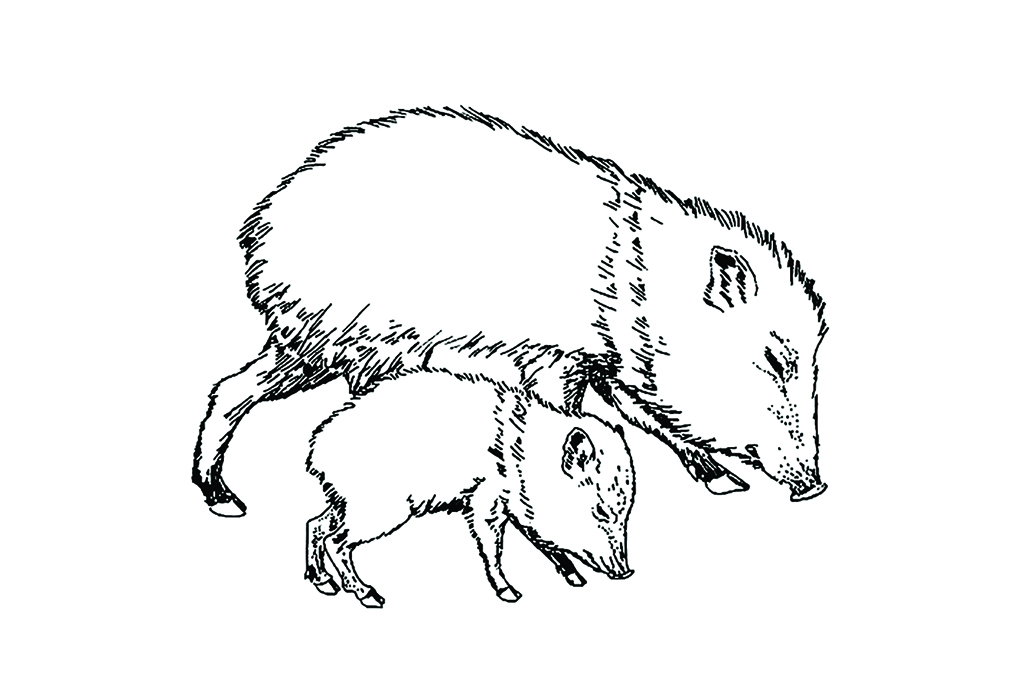
Javelina
Where to find them: These cute, furry, pig-like creatures range throughout South and Southwest Texas. They enjoy brushy and semi-arid deserts, as well as thick groves of mesquite and cacti, which allow them to stay hidden safely in the underbrush. Big Bend Ranch State Park is a great space for spotting javelina rooting through the desert.
How to Spot Them: At a quick glance, you might mistake a javelina for a wild boar, but the black-and-gray mammals are smaller, have a ring of light-colored hair around their neck and shoulders, and have little, sharp tusks that point downward.
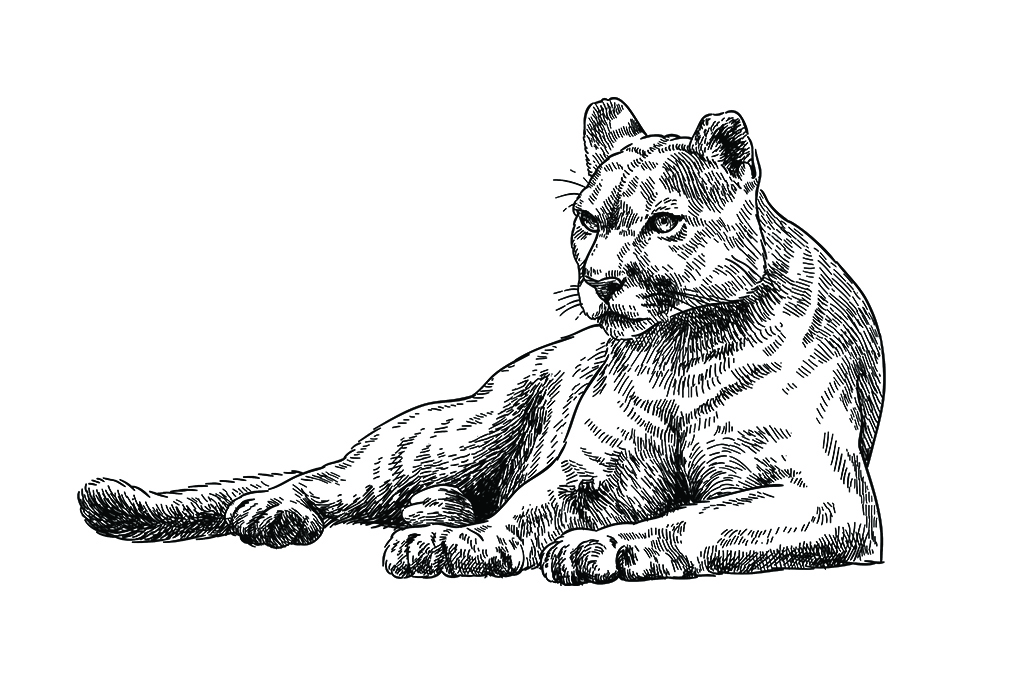
Mountain Lion
Where to find them: As their name would suggest, mountain lions like Texas’ highlands. They are most often spotted in West Texas. However, they can also live in forests and swamplands, and there have even been rumored sightings in Southeast Texas. They make their dens in caves, rock crevices, and other remote, rocky locales. They can range large distances, are skilled hunters, and are particularly good at remaining unseen.
How to spot them: If you come across a mountain lion, it has likely spotted you before you notice it. The large cats have tan-gray fur and a long tail with a brown tip. They mostly hunt at night, which can make spotting them even more difficult.
If you see a mountain lion: If you do see a mountain lion, the Texas Parks & Wildlife Department asks that you call their headquarters at 1.800.792.1112 to notify them.
- DO NOT: approach the mountain lion, run away, or turn your back on it.
- DO: stay calm, maintain eye contact, and make yourself appear as large as possible. If it is aggressive, throw sticks and rocks to scare it off.
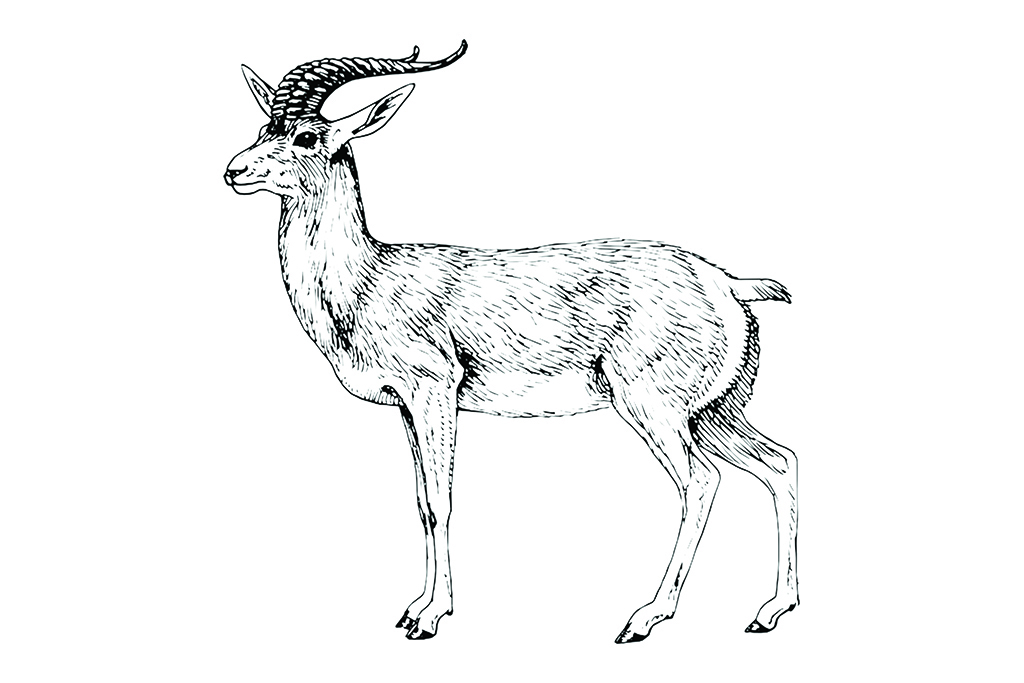
Pronghorn
Where to find them: Pronghorn live in West Texas and the Panhandle, enjoying open prairies, plains, and brushlands. They feed on shrubs, sagebrush, and some grasses. They are especially active in November, the tail-end of their breeding season.
How to spot them: Pronghorn are about the size of small deer and have tan-and-white hooves; a large, white rump patch; and a short, white tail. The males have distinctive curling horns (females may also have smaller horns) and broad white bands across their necks. The trick is picking them out at a distance, since their fur camouflages with the grasslands.
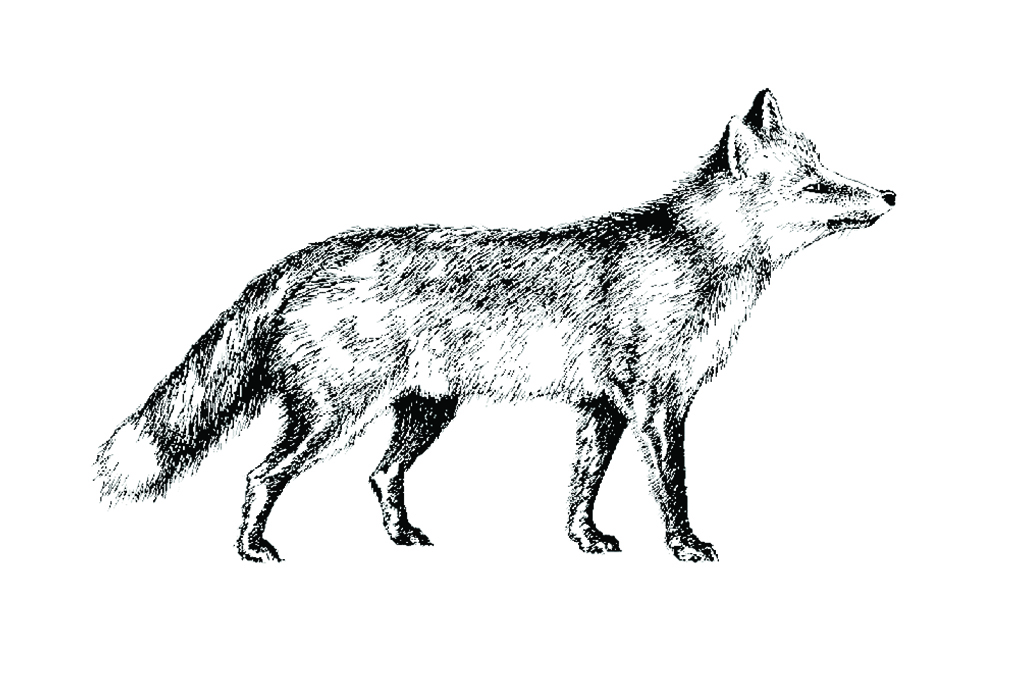
Red Fox
Where to find them: These clever guys are well-adapted to surviving on the fringes of human settlement. They can be found in woodlands, farming communities, and the edges of suburban developments, as well as in open country. They range in North, Central, and East Texas, where they find plenty of rabbits, hares, and mice to hunt, as well as sloping and porous soil that allows them to build their cozy dens.
How to spot them: Don’t mistake these little fellas for a large cat or a coyote, though their long snout and big triangular pointed ears bear some resemblance. You’ll be able to recognize them by their reddish-yellow fur and big, bushy tail with a white tip. Their long, quick feet are often covered in dark fur. These nocturnal creatures are most active at night, so sightings are most common at dusk and dawn.
Ringtail
Where to find them: These adorable little nocturnal critters look like a cross between a fox and a raccoon. They can be found throughout Texas, though not along the coasts. They like to hang out in rocky ridges, on cliffs, and near sources of water in arid places. During the day, they will likely be sleeping soundly in their dens, which they make in caves, in holly trees, or under rock piles.
How to spot them: You might mistake a ringtail for a cat but for its distinctive whitish-tan tail that’s ringed in blackish-brown. They have small heads, triangular ears, and striped faces. Since they are most active at night, keep your eyes peeled at dusk when the ringtails are waking up.
Learn more about Texas wildlife with our field guide to Texas birds.
© 2020 Texas Farm Bureau Insurance
